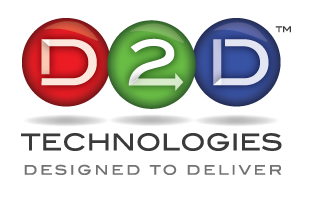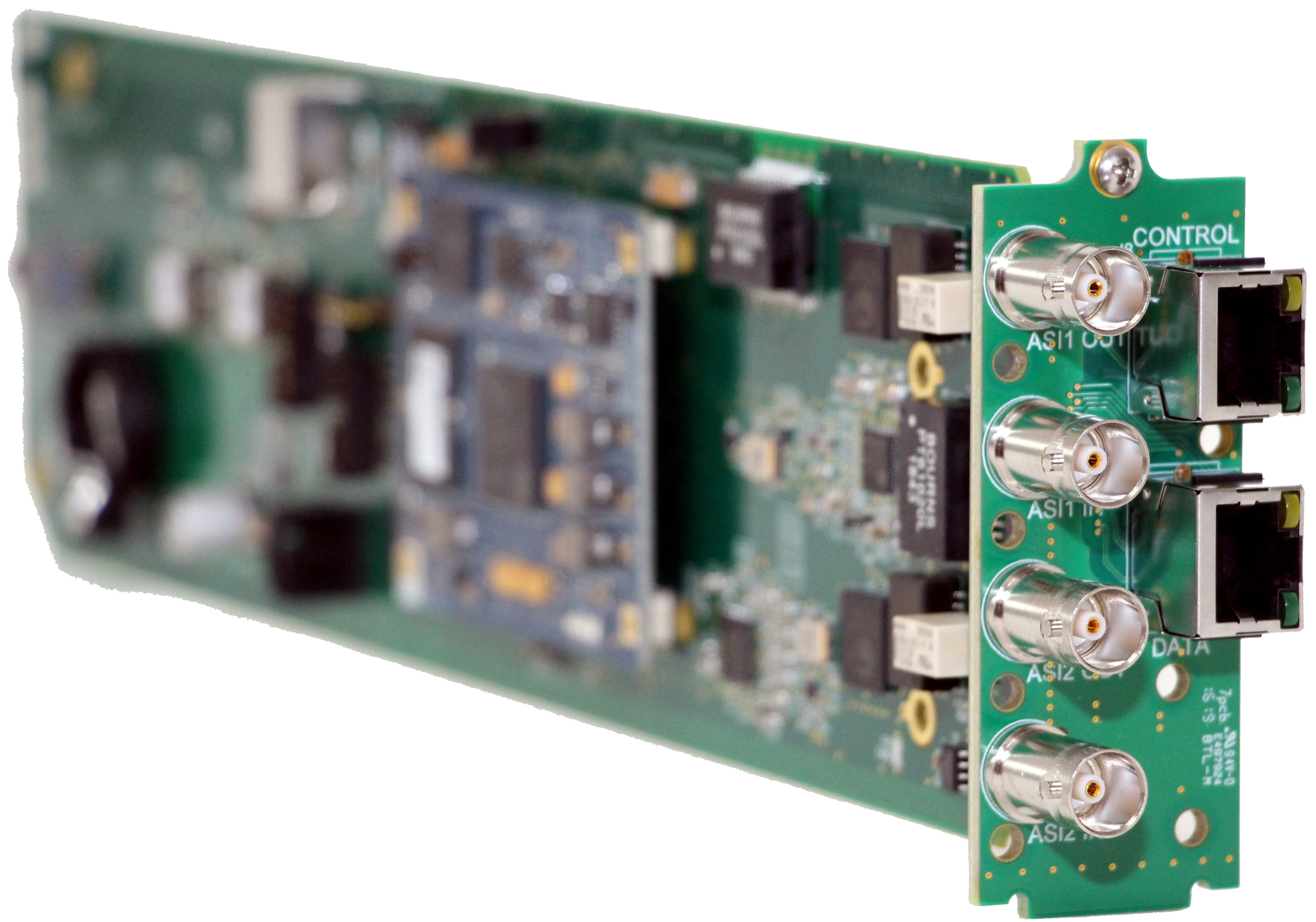Matt:
Hello, and welcome to another Kitplus TV supported by mediaproxy. Today, we are continuing our series of open gear discussions and are delighted to welcome Jessica Colyer from D2D Technologies. Hi, Jessica. Welcome to the show.
Jessica Colyer:
Hi guys. What a pleasure it is to be here. Thank you so much for having me.
Matt:
Brilliant. So, first of all, let’s have a little bit of a briefing. D2D, what does the D stand for? And what’s your game?
Jessica Colyer:
Well, great question. We’re “designed to deliver” was the idea that it came up with. So basically, we do that. We deliver video. We do it really well over SRT primarily.
And, we have our openGear card, which we were going to be showing you at NAB, but I’m showing it to you now virtually, which is great. But we primarily make multiplexers, and we send signals via SRT whether we’re receiving a bunch of signals and muxing them in or demuxing them. Or sending out signals like is in a hub and spoke, where you have a central station and then translators all around.
And as you know, the US is big, and there’s a lot of translators everywhere. So this has really become a big deal in the United States for smaller stations that can’t really afford satellite. At $200 an hour or whatever a satellite is. Now, people can actually take their ASI signal and send it through the common internet and boom; it shows up as a satellite signal in their control room. It’s instantly genlocked and plumed into the switcher, and it makes it really easy for people to either use it as contribution or to use it as distribution. So it’s pretty much a game-changer in my mind for the distribution and contribution markets here in the US. And, and now it’s going global.
Simon:
So I guess as people are moving away from satellite now, your business must be exploding with more and more people wanting to do this.
Jessica Colyer:
Yes, actually, it is. And in fact, now that a lot of people are doing everything remotely because of this pandemic, we have weather people now that are inside their bedrooms, or wherever they are, in their living rooms doing weather, and this is really easy. We just basically have a throwdown box you could put down at the other end and plug a cheap encoder in there, or a good encoder, whatever you like, and it’s an instant ASI signal out to the station. And again, all they got to do is plug it into a satellite decoder that takes ASI in, which most stations have literally dozens of satellite decoders in there that are just collecting dust. Now they can reuse this platform because the decoders are coming out, and they’re already genlocked into the switcher and ready to come up as a received site. So it made it really easy for a lot of stations to add beauty cameras, and remote anchors, and remote weather people, cooking shows. Everything! So it’s really, really changing everything as we know it.
Matt:
That’s great. I mean, we know all about doing green screen from home; it’s what we’re doing here now. So that’s great getting the remote talent in. Is this improving people’s ability to set lots of channels? This is distribution as well. This just means that you can just chug out hundreds of channels. Yeah.
Jessica Colyer:
Exactly. And now that basically what’s happening is the slices in the pie are getting smaller. Back in the day, when digital came out, everybody was given 19.3962 megabits per second to play with. And that was pretty much it back then; that was one channel. But then they realized, oh, well, now we could start adding more and more and more channels.
So this actually adds revenue to a lot of stations, and it has begun a big birth for the LPTV market here in the United States, which is, I don’t know, you guys, you’re old enough, you’re a member cable access. When all of a sudden the cable company decided they had a whole bunch of bandwidth they could give away. Well, this is actually really great because it’s adding a lot of content that other people wouldn’t ordinarily see, specifically out on some of the low lying rural areas where people can’t afford cable. Now LPTV is springing up with everything from cooking shows to QVC, which is a shopping channel. There’s a lot of religious and worship, and educational out there. And again, it’s also adding in educational TV as well. So it’s a big deal.
Simon:
And I suppose that then leads on to how they can use SRT to get contribution video into the channel as well.
Jessica Colyer:
Exactly. Yeah. As I said, you could either have… Now you can have your weather person at home, or in some cases, beauty cameras, or there’s a station in Chicago that’s actually talking with a newspaper. And every day, they like to do an entertainment report from the local newspaper in Chicago. And back in the day, they would have to pretty much either set up a microwave link or they’d have to set up a sat shot, or something to that effect. But now they could just use this box and bring that in as contribution every day. And it’s the simple as plugging it into an IRD, which is just an integrated receiver and decoder in their control room.
Matt:
Yeah. I’m going to ask you to expand a little bit on a phrase you used a moment ago, which is new to us, but it might be quite a common phrase over there, but hub and spoke.
Jessica Colyer:
Yes.
Matt:
Give me a bit of an explanation of what you mean by that.
Jessica Colyer:
Well, you think of a bicycle wheel, right? And you have the hub and then you have spokes that go out everywhere else. So basically, your TV station or your head-end, as they call it, would be your hub. And then now they can easily send out spokes. So a good example was a religious broadcaster here in the United States that had one central church. And obviously, with COVID happening, people couldn’t go to church anymore. So they were able to take their message and send it out pretty much all over with very minimal bandwidth to different LPTV markets and full-power stations. So basically, they were the hub, and then they could use the openGear SRT card in a Ross frame
a
nd just send them out. And then the way that these throwdown boxes are set up, is basically you can just toss it down, you plug internet in the back, and then ASI magically comes out so they can instantly broadcast their message. And they were the hub and everyone else that receives it as a spoke.
Simon:
And is that the openGear is 5220 card that you’re referring to there?
Jessica Colyer:
Yeah. Actually, we’ve reimagined it, and now it’s the 5220. So it’s already grown a generation. But yeah, that’s basically this card, which just takes up two spots in a Ross openGear frame, and it can send out up to eight spokes, SRT streams, or receive eight spokes. So the opposite to hub and spoke would be spoke and hub. So you have a hub, and here you’re pulling in all different kinds of contribution. And then it’s going one ASI out to your encoder, your transmitter, whatever.
Matt:
So what other benefits are there to this system? If they’re distributing it out to all of these different places in the hub and spoke, what other benefits does your solution bring?
Jessica Colyer:
Well, that’s a great question. Actually, once you get the signal from point A to point B, let’s say you are a spoke and hub. Well, the thing here is, the FCC could want to change. So you might be say, WXYZ in Albany, New York, but you’re setting the signal out to Clovis, California. And it’s going to be K321 or whatever. So the nice thing is we have the ability to rebrand that virtually, as well as change the channel number. Because what might be channel 42-3 in New York, might be 55-1 or -7 in California. So rebranding is the being key. Even though you’re setting out the exact same content, you can rebrand it. And then also add in local EPG, which is your Pissup, your channel guide. And then more importantly, you can also add in a local emergency alert.
So if there should be a tornado, or a hurricane, or in the case out here in California, a fire, alerts could be sent in at the local level, even though the programming is coming from 2000 miles away.
And so we were actually very instrumental in using the openGear chassis as well as our 3220 card for the public broadcasting system here, PBS, in the United States. We established their warn system, which was basically a wireless alert EAS system. But what PBS was thinking of, for instance, here in California, when there’s a fire, they shut the towers off, they shut the cell towers off, so you no longer have cell service to warn you that fire is here, you can now turn it on your TV and get the same alerts through PBS, which was basically a text protocol of what the alert is. So, in addition to setting the signal out via SRT, multiplexing it, or demultiplexing it, we can also add Pissup, rebrand it, and add an EAS alert, all with this one openGear card.
Simon:
So Jessica, where can people find out more? Because I think you’ve also got an online SRT guide somewhere as well, haven’t you?
Jessica Colyer:
We do. In fact, if you go to our website at d2dtechnologies.com, there is some support and some resources. And of course, you’re always welcome to give us a call. Our numbers are on the d2dtechnologies.com website. And I like talking to people. So I would love it if you’d call me. And if you’ve got more questions, we’re here. I’m not getting to go to NAB, guys. So this is it. It’s my booth. So yeah. Please call-
Matt:
We’ll see you in April.
Jessica Colyer:
… Or reach out. Let’s hope so. Yeah. Let’s hope so.
Simon:
Yeah. We really enjoyed talking to you as well today, Jessica. Thank you very much-
Jessica Colyer:
Likewise.
Simon:
… For your time. And as we say, fingers crossed. I’m sure we’ll get together in Vegas, April, 2022.
Jessica Colyer:
Oh, I hope so.
Simon:
And as Jessica says, do head over to d2dtechnologies.com, where you can find their SRT guide. You’ll find it under the resources menu, I think. Thanks to mediaproxy for their support of Kitplus TV. And thank you for watching. We’ll see you next time.


